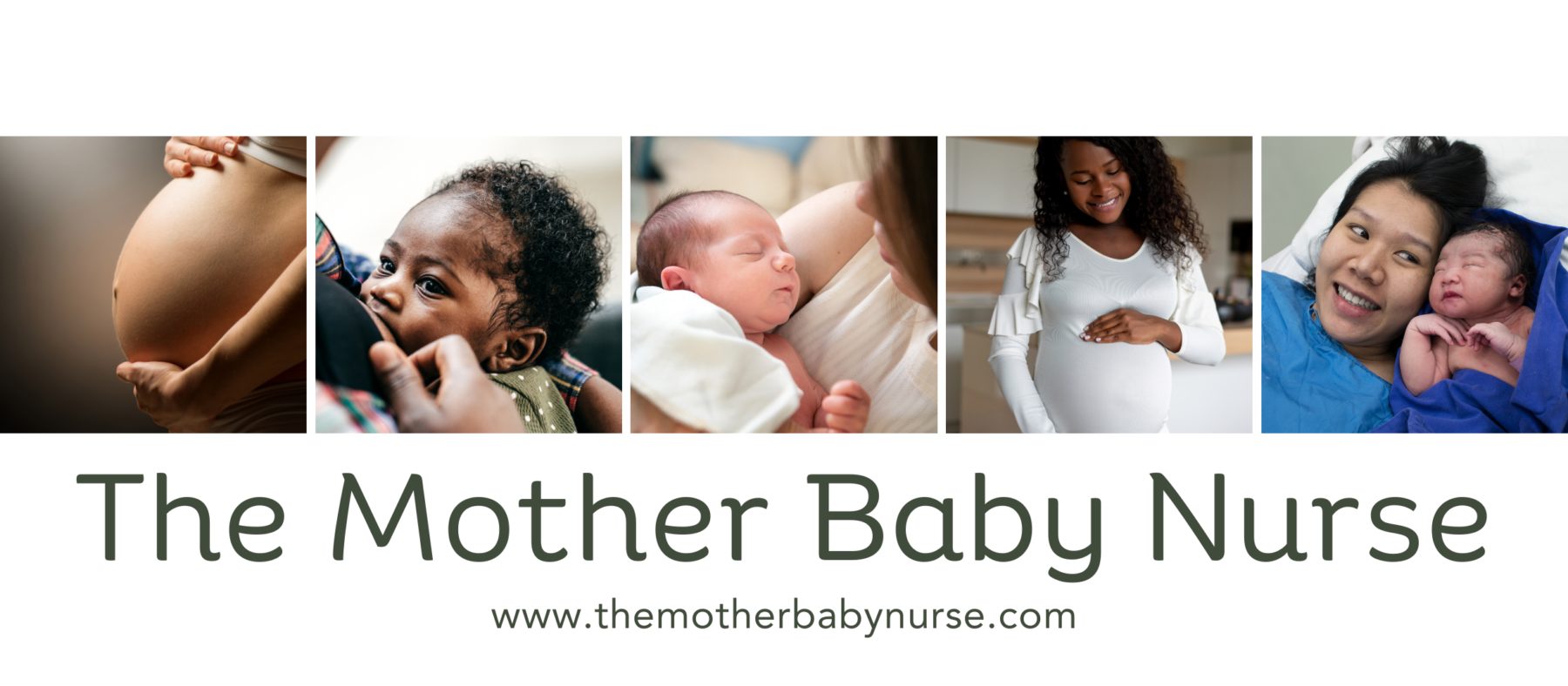Carole Falletta, MS, MA, PMHNP-BC, FNP-BC, RNC-EFM, IBCLC, LCCE Carole is a nurse practitioner with over 30 years of experience in nursing, specializing in women's health, newborn care, and reproductive and postpartum mental health. Actively practicing in healthcare, she supports women and families during the perinatal journey through compassionate, evidence-based care. A dual board-certified nurse practitioner in psychiatric and family health, Carole is also an International Board-Certified Lactation Consultant (IBCLC) and Lamaze Certified Childbirth Educator, combining her clinical expertise and passion for education to empower mothers and babies.
Congratulations new parents! You’ve just brought a new life into the world. This is an incredibly special time, full of excitement, love, and perhaps a bit of nervousness. Whether you’re the birth mother or the partner, knowing what to expect immediately after delivery can help ease some of that uncertainty. Let’s walk through what typically happens after the baby is born, whether you’re in a hospital, birthing center, or at home, and when your partner will get to hold the baby.

Immediate Monitoring for Mother and Baby
Right after birth, both mother and baby will be closely monitored to ensure everything is going smoothly. For the mother, this includes checking vital signs like blood pressure, heart rate, and temperature. The medical team will also monitor bleeding to ensure it’s within a normal range and check how your uterus is contracting to prevent postpartum hemorrhage. If you’ve had anesthesia, they’ll closely monitor how you’re recovering from that as well.
For your baby, the first assessments happen within the first few minutes of life. The healthcare team will check their heart rate, breathing, muscle tone, reflexes, and skin color—this is known as the Apgar score. Most newborns score between 7 and 9 on this scale, which is perfectly normal. A score of 10 is rare because, in the first minute, many babies still have a slightly bluish color to their hands and feet as their circulation adjusts to life outside the womb.
How Long Will You Be in the Labor Room?
After giving birth, you’ll typically stay in the labor room for about 1 to 2 hours. During this time, the focus is on ensuring that both you and your baby are stable. This period allows the healthcare team to monitor any immediate postpartum needs, such as uterine contractions and to assist you with the first breastfeeding session if that’s your plan.
Transitioning to a Postpartum Room
In many hospitals, after the initial recovery period in the labor room, you’ll be moved to a postpartum room. This is where you’ll spend the remainder of your hospital stay. The postpartum room is a more relaxed environment where you can focus on recovery, bonding with your baby, and beginning the breastfeeding journey if you choose to do so. Typically, you’ll stay in the postpartum room for about 24 to 48 hours after a vaginal birth and 3 to 4 days after a cesarean section. Your healthcare team will continue to monitor your recovery, assist with newborn care, and support you as you adjust to life with your new baby.
What Happens in a Labor, Delivery, Recovery, and Postpartum (LDRP) Room?
Some hospitals offer a special type of room called a Labor, Delivery, Recovery, and Postpartum (LDRP) room. Unlike the traditional setup where you move from one room to another, in an LDRP room, you stay in the same space for all stages of the birth process—labor, delivery, recovery, and postpartum care. This continuity allows you to remain in a familiar environment without needing to relocate after the baby is born. The care provided in an LDRP room is comprehensive, with the healthcare team attending to all your needs, from monitoring vital signs to supporting breastfeeding, all in one place.
How Long Does Anesthesia Take to Wear Off?
If you’ve had an epidural or combined spinal-epidural anesthesia during labor, you might be wondering how long it will take to wear off. After delivery, the anesthesia will gradually wear off over the course of a few hours. Typically, it takes about 2 to 4 hours for full sensation to return to your legs and lower body. You may experience some lingering numbness or tingling during this time, which is completely normal. The healthcare team will monitor your progress and help you move around safely as the anesthesia wears off. Once you’ve regained sensation and your legs feel strong enough, you’ll be encouraged to get up and walk, which helps with circulation and can speed up recovery.
What Happens During a Home Birth?
For those opting for a home birth, the experience is designed to be as natural and comfortable as possible. After the baby is born, your midwife or birth team will perform similar checks to those in a hospital or birthing center, but in the familiar surroundings of your home. Monitoring will continue for the first few hours after birth, focusing on your vital signs, the baby’s Apgar score, and any immediate needs like breastfeeding support.
Your midwife will also monitor your bleeding, uterine contractions, and overall recovery. They will stay with you for a few hours until they’re confident that both you and your baby are stable. Additionally, they will usually schedule follow-up visits to ensure you continue to recover well and that your baby is thriving.
Giving Birth in a Birthing Center
If you give birth in a birthing center, the process is similar to a hospital but with a more home-like, relaxed environment. You’ll still receive monitoring, but it may be less frequent and more hands-off compared to a hospital setting. Many birthing centers allow you to go home within 6 to 12 hours after birth, provided everything is going well for both you and your baby. This quicker discharge can feel more natural and comfortable, but rest assured that your midwife or birth team will ensure you’re ready before you leave.
When Does the Partner Get to Hold the Baby?
For many partners, one of the most eagerly anticipated moments is holding the baby for the first time. In most cases, the partner can hold the baby very soon after birth, sometimes even within minutes. Once the initial checks are done and if the baby is stable, your partner will likely be encouraged to enjoy some skin-to-skin time. This is a wonderful opportunity to bond with your newborn and can be a powerful emotional experience for both of you.
Final Thoughts on Your First Hours
The time immediately after giving birth is filled with essential care and monitoring for both mother and baby, whether in a hospital, birthing center, or at home. Understanding what to expect—from the first assessments to how long anesthesia lasts—can make this transition smoother. And rest assured, those precious first moments with your baby, including the partner’s first hold, will happen before you know it, setting the stage for a lifetime of love and connection.
Every birth experience is unique, so don’t hesitate to ask your healthcare team questions. They’re there to support you and your partner every step of the way. Welcome to the incredible journey of parenthood!

Carole Falletta, MS, MA, PMHNP-BC, FNP-BC, RNC-EFM, IBCLC, LCCE Carole is a nurse practitioner with over 30 years of experience in nursing, specializing in women's health, newborn care, and reproductive and postpartum mental health. Actively practicing in healthcare, she supports women and families during the perinatal journey through compassionate, evidence-based care. A dual board-certified nurse practitioner in psychiatric and family health, Carole is also an International Board-Certified Lactation Consultant (IBCLC) and Lamaze Certified Childbirth Educator, combining her clinical expertise and passion for education to empower mothers and babies.


